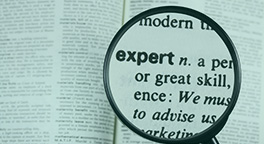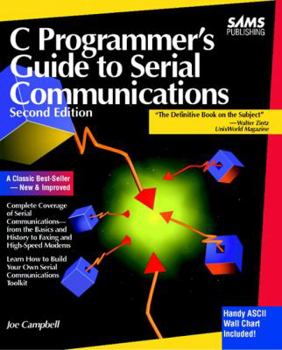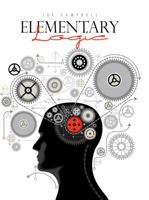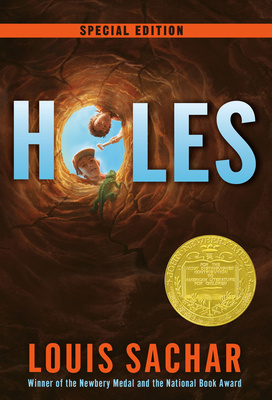C Programmer's Guide to Serial Communication (2nd Edition)
Select Format
Select Condition 
Book Overview
Related Subjects
Calculus Chaos Theory General Math Mathematics Medical Medical Books Medicine Physics Science & MathCustomer Reviews
Rated 5 starsWhy they stopped to publishing?
The title says a lot... I'm an embedded developer and this book is a bible for Serial Communications. History, error detection, flow control, PC Serial, etc. After the first look my first thought was "Why they stopped to publishing??"
0Report
Rated 5 starsDated, but a great resource.
As others have said, you can't do much these days with the DOS-centric code you'll find in this book. However, it's a fantastic tutorial for serial communications concepts and includes a phenomenal, riveting chapter on telecommunications history. I typically don't enjoy reading textbooks, but this one was a wonderful exception.
0Report
Rated 5 starsMy reference for serial communications
I bought this book several years ago. Since then, as an embedded programmer, I worked with GPS, landline and cellular modems, HyperTerminal scripts, as well as RS232 ports from the processor side. It has helped me with my job and saved my bacon several times. I am very happy that I purchased the book. Thank you Mr. Campbell.
0Report
Rated 5 starsInformative Book
This book is well written and easy to understand. The author provides an extensive background in the basics of serial communications in the first portion of the book. The second portion of the book provides many insights into programming for serial communications. The code examples are easy to follow and provide a useful library of tools.
0Report
Rated 5 starsBest serial communications book in 28 yrs experience.
I've been designing, installing and programming communications networks for 28 years (asynch, synch, X.25, APPC) and this is the most lucid explanation of asynchronous, serial I/O I've found.I've written low-level, interrupt-driven comm. handlers for the 8250 UART based on this book. To my knowledge, I've the only interrupt-driven INPUT buffer routine I've ever found (in C).Chapters 6 and 13 alone are worth the price...
0Report
































